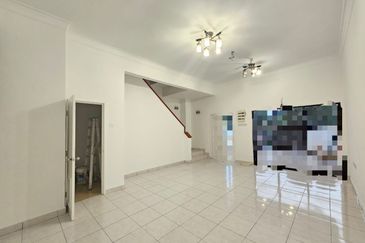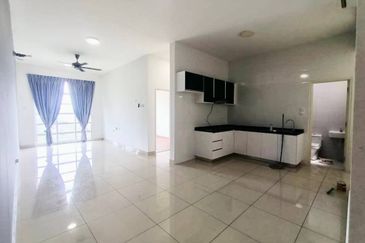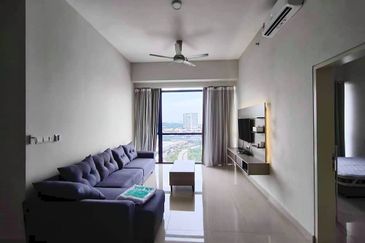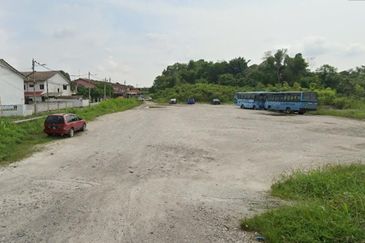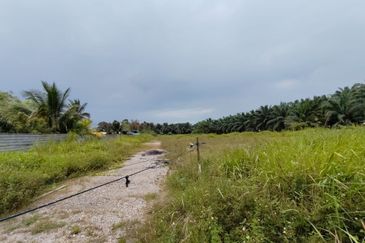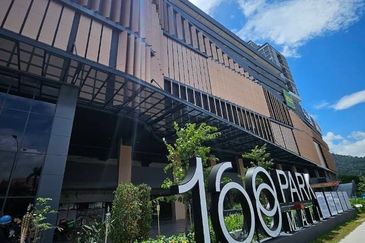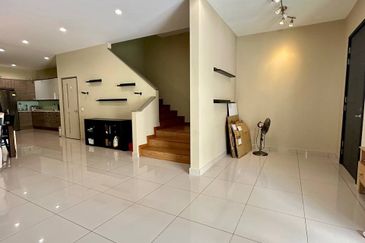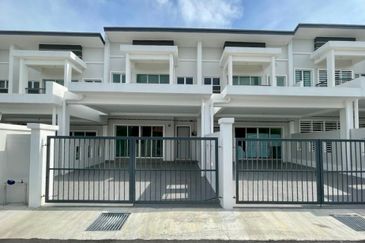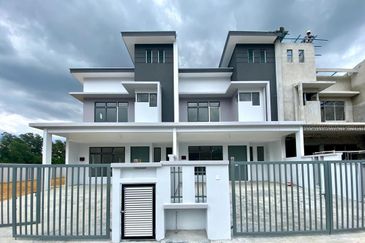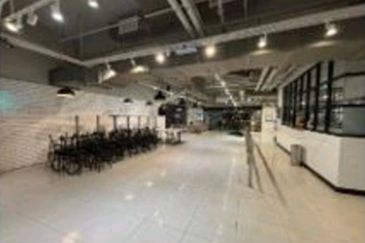
ON June 12, PropNex Realty announced a merger with Dennis Wee Group (DWG), which could result in a combined sales force of close to 7,000 agents. Prior to the merger, PropNex was the second-biggest real estate agency in Singapore, with 5,855 agents. DWG was in sixth place, with 1,071 salespersons (see table).

The merged entity, called PropNex DWG, will form the biggest group of agents under the PropNex umbrella. Other divisions within PropNex include PropNex Ace, PropNex PNG (powerful negotiators group) and PropNex POC (power of closing).
According to Ismail Gafoor, CEO of PropNex Realty, the company has arranged for “a bulk transfer” of all the 1,071 agents to PropNex DWG.
Both PropNex and DWG are emphatic that the deal is a merger and not an acquisition. “This isn’t a dollar value transaction,” says Gafoor. A home-grown agency, PropNex was founded in 2000 by Gafoor, Alan Lim and several other partners.
Dennis Wee, founder and chairman of DWG, will lead his sales team at the new entity as senior strategic partner. However, he will remain chairman of his company, DWG. His wife, Priska and son, Denka will become strategic partners of PropNex DWG, to assist in the transition process. However, Priska and Denka will remain as vice-chairman and executive director of DWG, respectively.
‘Not about money’
Commenting on the merger, Wee says: “It’s not about money. It’s about giving my staff the opportunity to grow that they never had before.” He founded the group in 1993, with just 10 real estate agents.
When Denka joined DWG several years ago, he charted a new course for the group, embarking on property investment and development projects. “We buy properties that generate a yield and that we can sell for capital gains over the long term,” he says. The group is said to have investments in Singapore, Tokyo, London and Bangkok.
While the brokerage business contributed to 70% of DWG’s overall revenue, it accounted for less than 10% of overall profit, says Denka.

Following the alienation of DWG’s brokerage business and its sales force to PropNex, the remaining businesses under DWG will be property development, investment and valuation. “Valuation accounts for just 10% of the business, with the balance being investment and development,” says Denka.
Increased market share to 50%
For Gafoor, the additional sales force following the merger will bring PropNex’s share of the residential market to 50%. This includes HDB resale, private resale and new launches. “Developers will be excited by this news,” he says. “If PropNex is going to have 50% of the residential market share moving forward — and we have a strong workforce — it will be to their advantage to consider us.”
He says PropNex has been appointed the marketing agent for up to 50 projects. They include the 400-unit Artra at Alexandra by Far East Consortium and New World Development; GuocoLand’s upcoming 450-unit Martin Modern; and Qingjian Realty’s 516-unit Le Quest at Bukit Batok.
Gafoor is confident that at least 80% of DWG’s sales force will cross over to the new entity as they will be able to participate in marketing new projects. “If you lack scale, and are struggling to continue in this space, then it’s good to let the brokerage business join a different platform, and focus on what you’re good at,” says Gafoor. “That’s what Dennis Wee chose to do.”
When it comes to new project launches, size matters. “What’s important for developers is the strength of the realtor’s outreach, how well-trained the sales force is, and how well it can be galvanised to organise a roadshow,” explains Gafoor. “It’s not that developers don’t favour small agencies. It’s because [the latter] do not have the manpower to be effective when it comes to a significant project launch.”
Who’s the biggest?
Jack Chua, CEO of ERA Realty Network, says his firm is currently the biggest realtor in Singapore, with over 6,200 agents. “We’ve been the biggest since the formation of the Council for Estate Agencies,” he says. CEA was founded in October 2010 as a statutory board to regulate the real estate agency industry. It requires all real estate agents to be licensed and to obtain CEA approval when they transfer from one agency to another.

“Saying you’re No 1 or the largest real estate agency in Singapore is mainly for advertising purposes,” admits Chua. “Ultimately, what’s important for sellers and buyers is how you, as a realtor, can help in the marketing of their property.”
The extent of an agency’s network is equally important, he adds. ERA is a franchise under the New York Stock Exchange-listed Realogy, which also owns the franchise for Sotheby’s International Realty, Century 21 and Coldwell Banker.
In Singapore and the Asia-Pacific region as a whole, the ERA franchise is held by private equity firm Northstar. ERA has a global reach, with 36,000 sales agents and 2,350 offices in 32 countries. In Asia-Pacific alone, it has 15,829 sales associates in 642 offices across eight countries.
According to Chua, ERA recently signed the franchise for Vietnam and will be opening an office in Ho Chi Minh City in the next two months. The other countries in Asia where it has a presence are Japan, South Korea, Taiwan, Indonesia, Malaysia and Thailand. Singapore is where it has the most number of agents, as well as its Asia-Pacific headquarters. This is followed by Indonesia, where it has over 4,000 agents and Japan, over 2,000.
Growth by merger & acquisition
Growth by acquisition has always been an option, and international real estate advisory firm JLL did precisely that in 2014 when it took a 20% stake in PropNex International, the project marketing arm of PropNex. “That was an acquisition at the company level,” says Gafoor. “That’s different from what we have with DWG, which is a merger.”
However, an agency as a company does not have any real assets, except for the sales agents, points out an industry veteran.
ERA’s Chua agrees. “Whether or not all the agents from DWG will transfer to PropNex DWG remains to be seen. These are free agents. They can still move after that. A lot of agencies are eyeing DWG’s associates.”
The merger of PropNex and DWG underscores the consolidation taking place in the Singapore property market, where the volume of new home sales has halved since the implementation of the total debt servicing ratio framework in June 2013, which came on the back of seven rounds of property cooling measures introduced earlier.

“When transaction volume is thin, it’s only natural for people to think that the more resources they have in terms of manpower, the greater coverage they will get,” says an industry peer who declined to be named. “That is certainly the case for mass-market projects, but not necessarily so for niche projects, where some developers or sellers still prefer to use an international real estate firm.”
Besides the number of agents, developers also take into consideration an agency’s track record, network and management team, according to a source. Whether a real estate agency has 6,400 or 6,900 agents makes little difference to a developer, says ERA’s Chua. “[But] if an agency has only 600 agents, and someone else has 6,000, it will make a difference.”
Consolidation in the industry
Agencies with fewer than 500 salespersons may not have economies of scale, and may not be developers’ preferred choice for marketing mega project launches, says Tan Tee Khoon, managing director of Knight Frank Property Network and head of project marketing. “Size does matter, though it’s not the only factor that matters in real estate agency work.”

Tan is of the view that playing the numbers game may not always turn out for the best. “In fact, it is more important to be profitable so that the business is sustainable and the agency can continue to offer value-add to its clients,” he says.
Knight Frank Property Network is ranked No 7 nationwide in terms of its headcount, which stands at 652. Its strategy, therefore, is to focus on developers’ projects in the prime districts or Core Central Region and in the city fringe, or Rest of Central Region.
“This is where we have proven success and track record owing to our sales competencies in these regions,” says Tan. “We also tend to sell the larger units in the developments that are not the usual cup of tea for our competitors.”
Last year, 128 salespersons from other agencies — both big and small — joined Knight Frank, he adds. This is because, beyond project marketing, the firm also provides sales consultancy to developers. “Offering a complete advisory for sales service is in fact our forte.”
Given the tough environment, smaller brokerage firms are finding it difficult to stay afloat. “Only when your business is profitable will you be able to invest in training your sales force and in IT platforms to add value to your people,” says PropNex’s Gafoor. “How many players can exist in Singapore? Honestly, I would say probably two strong brands, three at most. Singapore is too small, and transaction volume is limited.”
This article first appeared in The Edge Property Singapore, a pullout of The Edge Singapore, on June 19, 2017.
For more stories, download TheEdgeProperty.com pullout here for free.
TOP PICKS BY EDGEPROP

28 Residence @ Beverly Heights
KL City, Kuala Lumpur
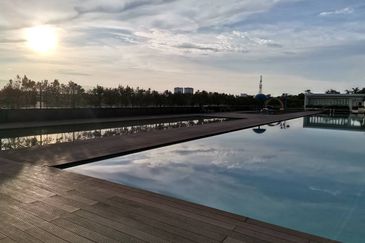
LakeFront Residence Cyberjaya
Cyberjaya, Selangor
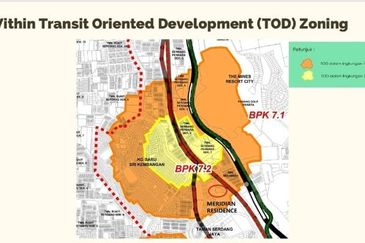
Kampung Baru Seri Kembangan
Seri Kembangan, Selangor

Kawasan Perindustrian Nilai 3
Nilai, Negeri Sembilan
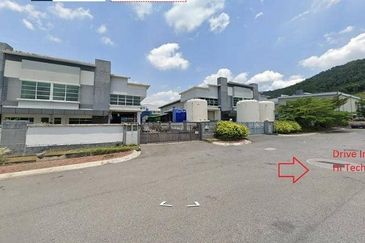
Semenyih Integrated Industrial Park
Semenyih, Selangor
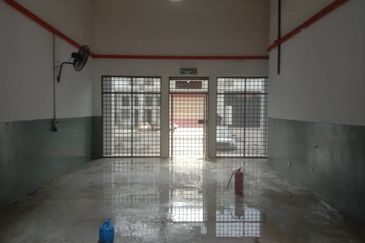
Taman Perindustrian Bukit Serdang
Seri Kembangan, Selangor
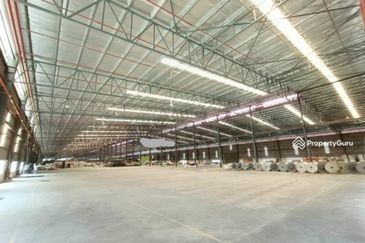
Kawasan Perindustrian Nilai 3
Nilai, Negeri Sembilan


